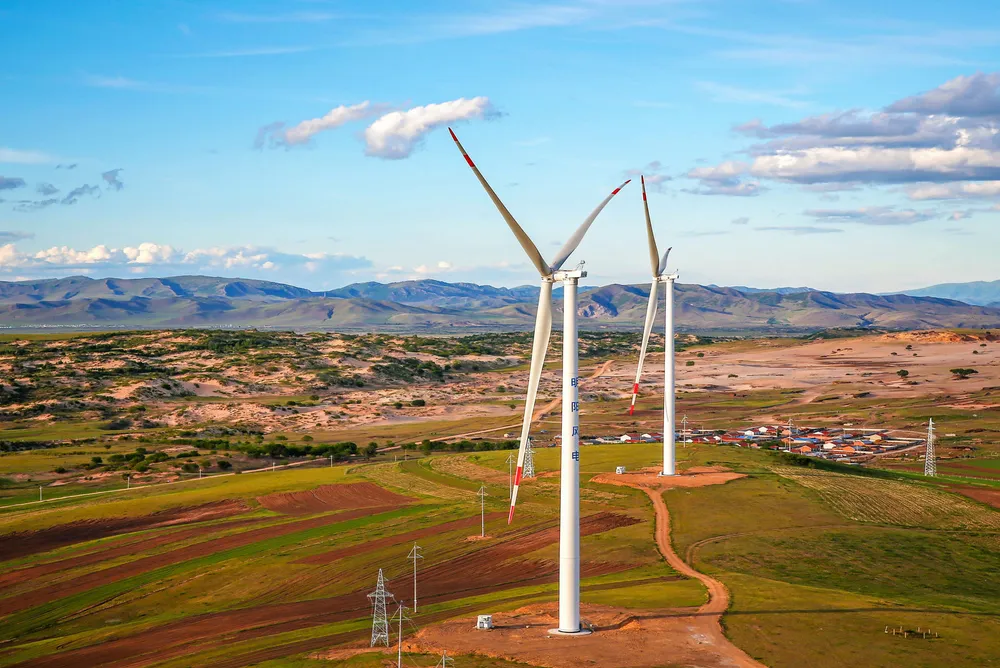Two giant renewable hydrogen-based methanol plants in China to start construction within months
The Inner Mongolia regional government has approved 1.7 million tonnes of methanol production capacity, including a facility proposed by wind turbine developer Mingyang
